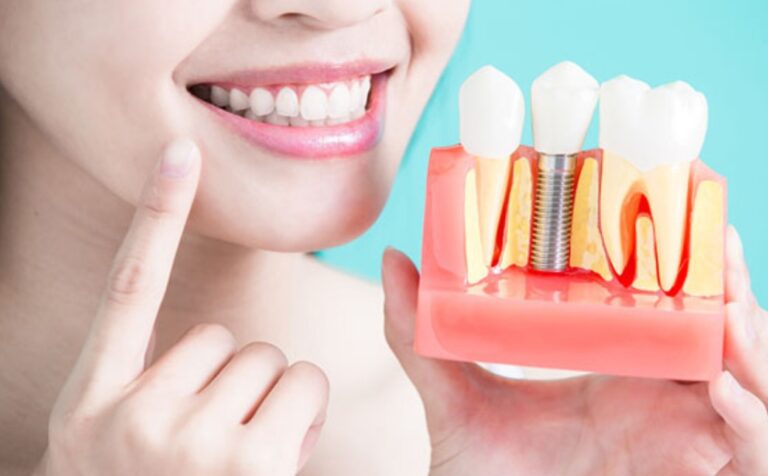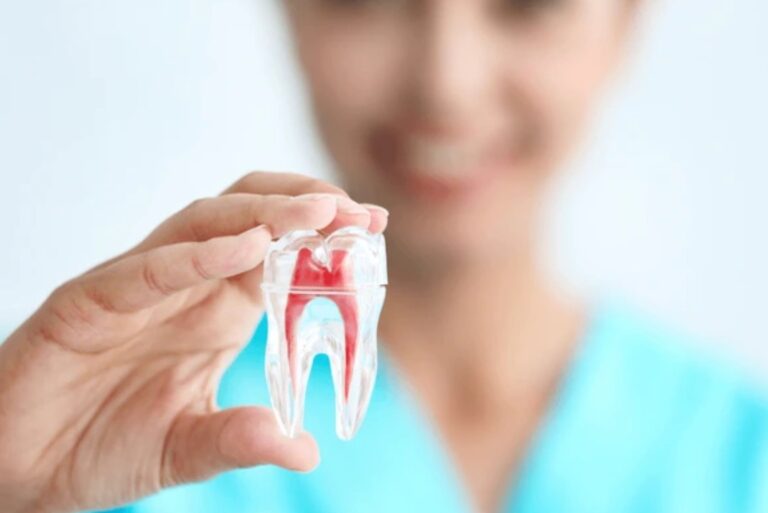
Going to the dentist might make you nervous, but understanding what to expect helps ease those feelings. When you visit a dentist in Abilene, TX, you’ll likely encounter a set of common procedures that focus on maintaining a healthy mouth. These procedures are not just routine; they are necessary to keep your teeth and gums in good shape. First, regular cleanings remove tartar and plaque that brushing might miss. Next, exams help spot potential issues early. Fillings are used to treat cavities. These procedures are important for your overall health. Knowing these steps can demystify the dental experience and build your confidence in the care you receive. We will walk through each procedure so you feel prepared and informed when visiting your dentist. Whether you’re going for a cleaning or addressing a specific concern, understanding what happens during your visit can bring peace of mind.
Dental Cleanings
Regular dental cleanings are crucial for oral health. During this procedure, a dental hygienist removes plaque and tartar from your teeth. This process prevents cavities and gum disease. It also helps maintain a bright smile. Routine cleanings every six months are recommended by the Centers for Disease Control and Prevention to keep your mouth healthy. This preventive measure is simple and effective.
Dental Exams
Dental exams catch problems early. During these exams, the dentist checks for cavities, gum disease, and other issues. They use tools to inspect the mouth thoroughly. X-rays might be taken to see what is happening below the surface. Early detection of issues can save you from discomfort later. Regular exams are essential for maintaining oral health.
Fillings
Fillings are used to treat cavities. When tooth decay is present, the dentist removes the decayed part and fills it with a material. This restores the tooth’s function and shape. The most common materials include amalgam and composite. Fillings prevent further decay and help keep the tooth healthy. Addressing cavities promptly stops the decay from spreading.
Sealants and Fluoride Treatments
Sealants and fluoride treatments offer extra protection against cavities. Sealants are thin coatings applied to the chewing surfaces of back teeth. They protect these areas from food particles and bacteria. Fluoride treatments strengthen tooth enamel and help fight decay. According to the American Dental Association, these treatments are especially beneficial for children, but adults can benefit too.
Table: Comparison of Dental Materials
| Material | Benefits | Drawbacks |
| Amalgam | Durable and long-lasting | Metal appearance |
| Composite | Tooth-colored and aesthetic | Less durable over time |
Root Canals
Root canals save damaged or infected teeth. When the inside of a tooth is infected, a root canal is needed. The dentist removes the infected tissue and seals the tooth. This procedure relieves pain and prevents further infection. Root canals are effective in preserving natural teeth.
Also Read: The Importance Of Routine Dental Checkups For All Ages
Extractions
Extractions are necessary when a tooth is damaged beyond repair. This procedure involves removing the tooth from its socket. Reasons for extraction include severe decay, infection, or crowding. After removal, the dentist guides you on how to care for the extraction site to promote healing.
Braces and Aligners
Braces and aligners straighten teeth and correct bites. Braces use brackets and wires, while aligners are clear and removable. These orthodontic treatments improve both function and appearance. Straightening teeth can boost confidence and improve oral hygiene.
Conclusion
Health Understanding common dental procedures equips you to make informed decisions about your oral health. Regular visits to your dentist help maintain a healthy smile. Knowing what to expect reduces anxiety and ensures you get the best care possible. Prioritize your dental check-ups and take advantage of the benefits these procedures offer. Your mouth will thank you.







